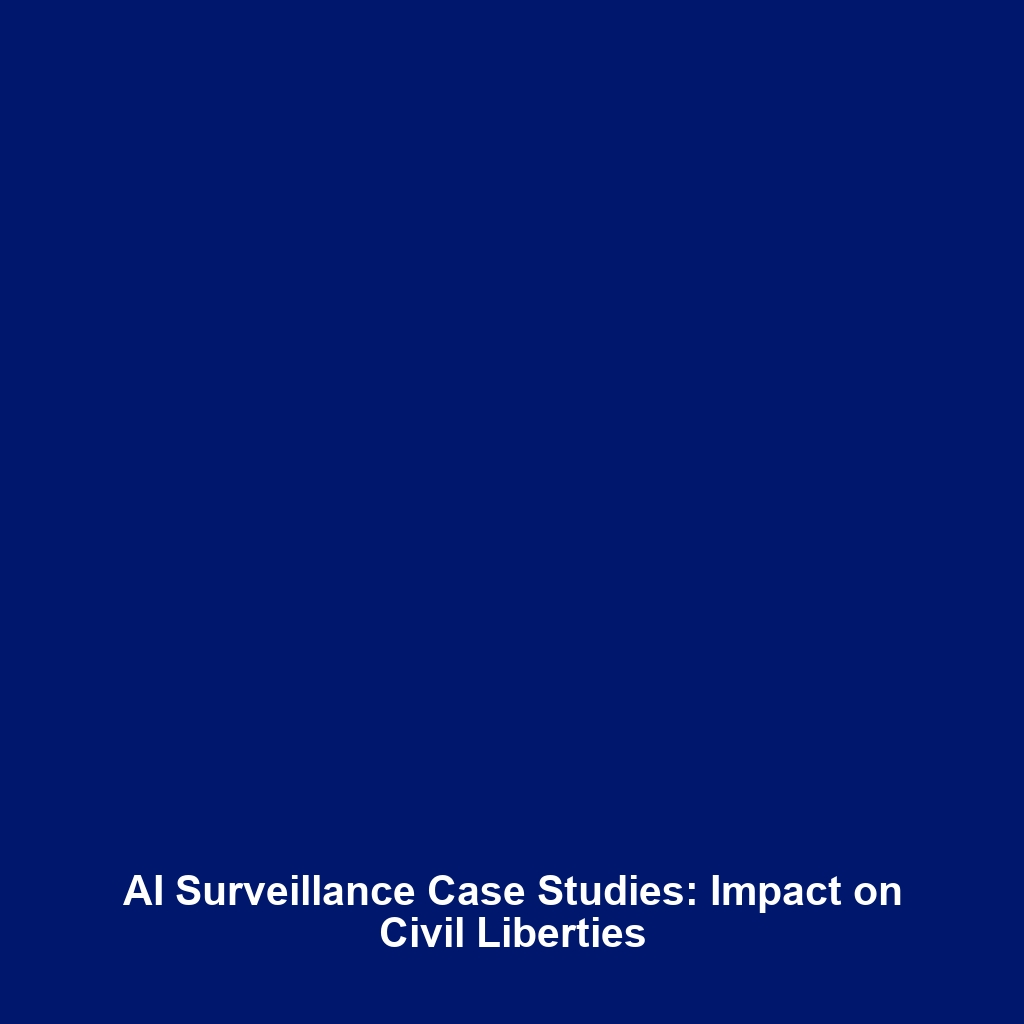The Potential for Humanoid Robots to be Hacked or Used for Surveillance
Introduction
The rise of humanoid robots has ushered in a new era of technology, aiming to replicate human motions and interactions. However, as these machines become increasingly integrated into society, concerns about the potential for humanoid robots to be hacked or exploited for surveillance purposes have escalated. Understanding these vulnerabilities is vital not only for ensuring the safety of users but also for addressing ethical concerns related to privacy and security. This article delves into the significance of these issues within the broader context of humanoid robots, examining how their increasing capabilities can simultaneously open doors to both innovation and risk.
Key Concepts
To understand the potential for hacking and surveillance in humanoid robots, it is important to consider several key concepts:
1. Connectivity and Security
Humanoid robots are designed to connect seamlessly with various networks and devices. However, this connectivity also presents security vulnerabilities that can be exploited by malicious actors.
2. Surveillance Capabilities
With integrated cameras and sensors, humanoid robots can capture and transmit data in real-time, heightening concerns about unauthorized surveillance.
3. Ethical Concerns
The potential misuse of humanoid robots raises profound ethical questions about the balance between technological advancement and individual privacy.
Applications and Real-World Uses
In various sectors, the integration of humanoid robots has led to groundbreaking applications. Here are some significant examples:
- Security and Law Enforcement: Humanoid robots equipped with surveillance technology can assist in monitoring public spaces, raising important questions about privacy.
- Healthcare: The deployment of humanoid robots in hospitals for patient monitoring may inadvertently expose patients’ private information if security measures are insufficient.
- Retail: Retail humanoid robots can gather consumer data through visual analysis, posing risks for misuse of information.
Current Challenges
Despite the technological advances, the field faces numerous challenges:
- Data Protection: Ensuring robust cybersecurity measures to protect sensitive information.
- Regulatory Frameworks: Lack of comprehensive laws governing the use of humanoid robots for surveillance.
- Public Trust: Building consumer confidence in humanoid robots’ security features is essential for widespread adoption.
Future Research and Innovations
The future of humanoid robots hinges on ongoing research and innovations aimed at enhancing security and ethical standards:
- Advanced Encryption: Development of stronger encryption protocols to safeguard data transmission.
- Autonomous Decision-Making: Implementing AI that prioritizes user privacy and data protection.
- Policy Advocacy: Research aimed at influencing legislation to ensure responsible use of humanoid robots.
Conclusion
The potential for humanoid robots to be hacked or used for surveillance introduces significant ethical and technical challenges that must be addressed as technology evolves. As the sector advances, it is crucial to prioritize user safety and privacy in conversations surrounding humanoid robots. Stakeholders in technology, regulation, and ethics must collaborate to build a framework that balances innovation and security. For further insights on humanoid robots, consider exploring our related articles on robot security and ethical implications of robotics.


